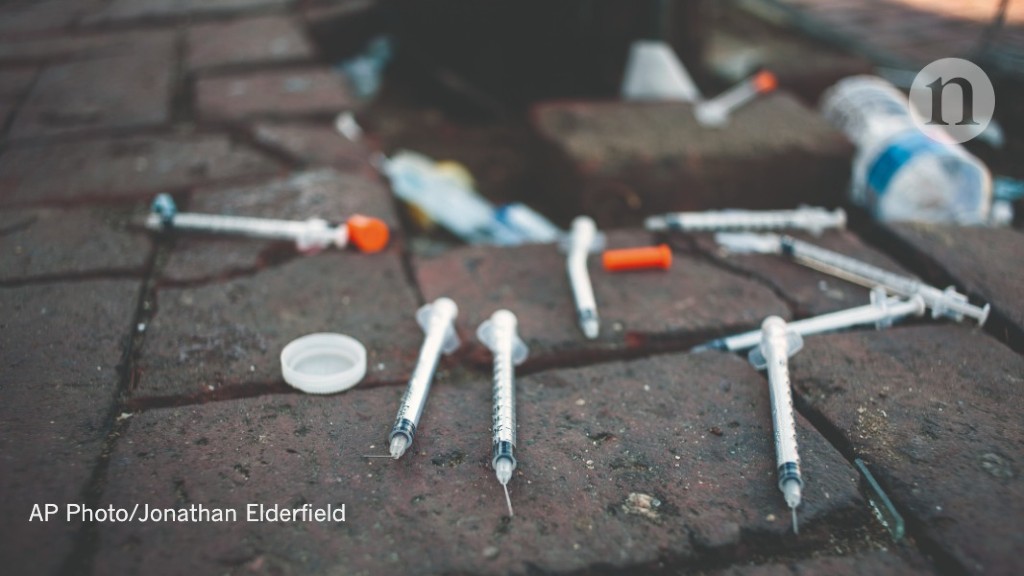


Over the last decade, 54,217 sentences and an additional 10,361 cautions Footnote 2 have been imposed on young people under the age of 25 for the production, possession, or possession with intent to distribute, a controlled drug (Ministry of Justice 2018). First, many young people are drawn into the criminal justice system every year for their involvement in drug dealing. Young people’s involvement in drug distribution on this scale is concerning for a number of reasons. Footnote 1 The number of young people dealing drugs across the UK is estimated to be somewhere in the tens of thousands, although the hidden nature of the trade means that these estimates are likely to involve a high margin of error (Britain’s Teenage Drug Runners 2017 Children’s Commissioner 2019). Several reports within the last couple of years have highlighted growing concerns surrounding young people’s involvement in illicit drug markets in the UK (Home Office 2018 National Crime Agency 2017), as well as rising levels of school exclusions (House of Commons Education Committee 2018). Although the reasons for the shift in Nathan’s behavior were not straightforward, his teachers highlighted his involvement in street-level drug dealing as a pivotal point in the decline. Despite being intelligent and driven, Nathan’s behavior in school had become increasingly challenging and disruptive, a process that ultimately led to his being sent to an AP.

During the previous month, Nathan and I had gotten to know each other well during several visits I had made to his alternative provision (AP)-a term given to institutions tasked with educating young people who have been excluded from mainstream schools in the United Kingdom (UK). Nathan, sporting a brand-new pair of pristinely clean, white Nike Air Max 90s, was mystified why anyone would wear a relatively inexpensive, worn-down pair of nonbranded shoes by choice. My choice of footwear had become a source of great bemusement among many young people who had been excluded from mainstream education. Those soles are so thin, you must be feeling every little stone when you walk down the street! Considered in this context, the inadequacy of the UK government’s response to some of the main harms associated with illicit drug markets is clear: children and young people will continue to be coerced and exploited until either drug markets are legalized and regulated, or they have realistic opportunities to pursue lives that offer genuine meaning, decent levels of income, and levels of status and respect that are comparable to those provided by drug distribution. In short, I argue that drug prohibition, consumer capitalism, severe levels of inequality, and emerging problems associated with the rise of online social media are combining to produce a toxic trap that is dragging tens of thousands of young people into street-level drug dealing. The article’s findings are based on a unique dataset generated by a six-month period of online social media platform analysis, alongside additional data drawn from periods of observation, focus groups and interviews with young people and professionals. It focuses in particular on why young people become involved in illicit drug distribution, the extent to which their involvement is predicated on adults’ use of threats and violence, and how young people frame the morality of drug dealing. This article explores young people’s involvement in illicit drug markets in England.


 0 kommentar(er)
0 kommentar(er)
